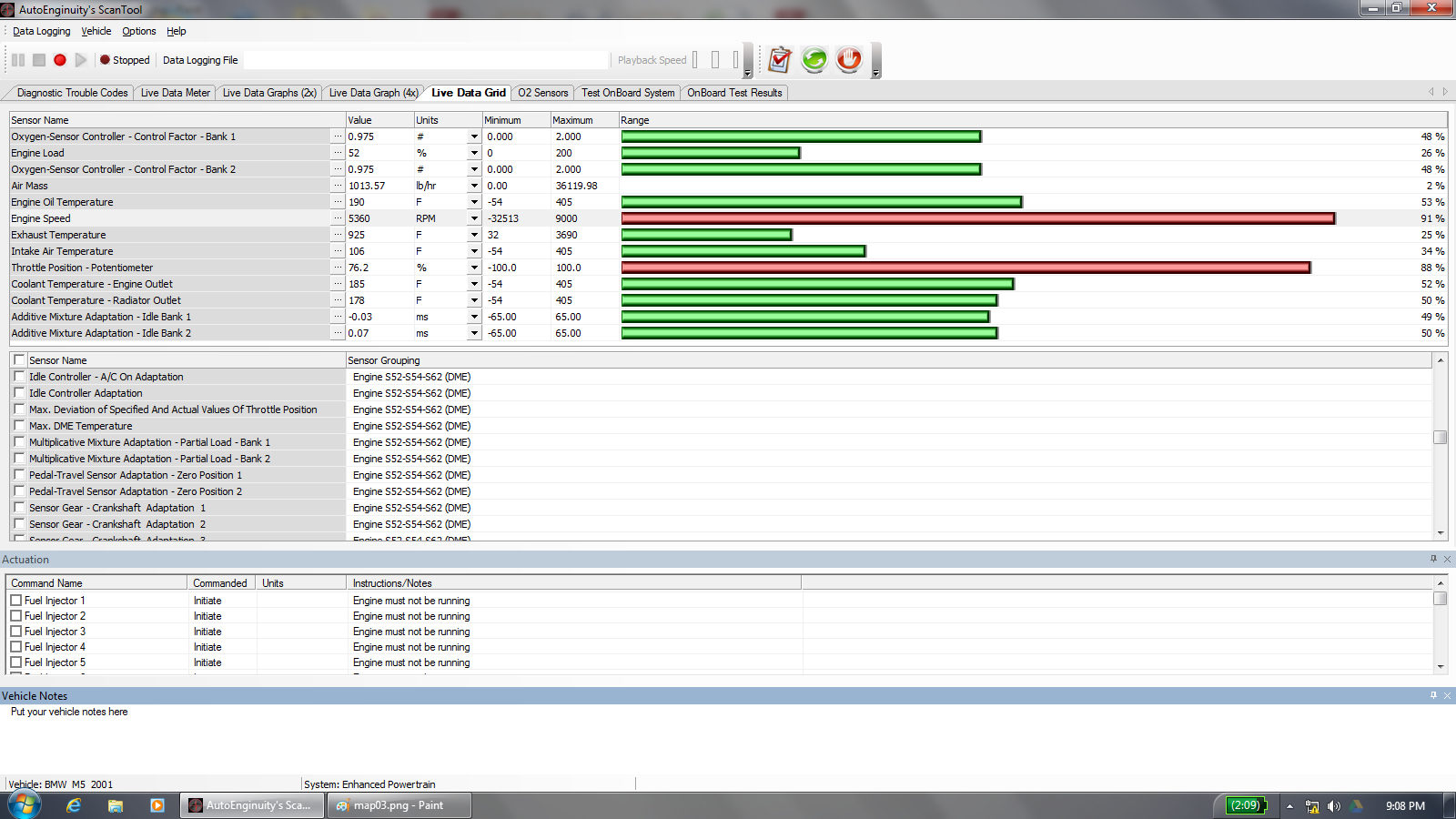OVERKILL
$100 Site Donor 2021
Originally Posted By: badtlc
Of course it isn't the most accurate. I think I quite clearly said it wasn't, unless you still can't read.
Oh, I can read just fine. And I've read all your posts. You are just getting rude now because you have no REAL data and people are taking issue with that fact. Which brings me to:
Quote:
Speaking of can't read, I can't read your previous post. Too long and you make assumptions based on previous designs w/out considering Mazda might be different.
So I write a detailed post on how the traditional system works, AND take the time to theorize how you THINK the Mazda system works, and because it is so long and detailed, you won't take the time to read it. Bravo! Speaks volumes as to the quality of your posts and your ability to participate in educated discourse. Of course the fact you stated that I make assumptions based on previous designs is proof of the fact that you did not read it, as I spent a great deal of time theorizing how the system you are envisioning might in fact work.
Quote:
If you can't admit that the premium fuel is doing SOMETHING, then you have obviously made up your mind on the subject and should really just stay out of this thread, please. If you think something else is improving my results, provide that.
I gave you a VERY clear way to CONFIRM whether what you are claiming is ACTUALLY happening. There are a plethora of different ways for your car not to be diluting and none of them involve the fact you are running high test.
However, now you are asking me to leave your thread so you can continue to theorize over something you are completely unwilling to actually take the time to prove? Seriously? You actually desire to wallow in ignorance instead of exercising your brain cells and spending some time that might actually make you a more knowledgeable person and verifying what you claim? I find that very disheartening.
To be clear: I'm not saying you are "dead wrong" or that the Mazda engineers haven't done something different here. What I'm saying is that what you claim is happening is NOT traditional, and I spent some time in that "too long" post both listing how the traditional system operates and how the system you are envisioning here actually WOULD operate, and we could be having an intelligent discussion about that right now if you hadn't blown me off because you don't like to be questioned.
Of course it isn't the most accurate. I think I quite clearly said it wasn't, unless you still can't read.
Oh, I can read just fine. And I've read all your posts. You are just getting rude now because you have no REAL data and people are taking issue with that fact. Which brings me to:
Quote:
Speaking of can't read, I can't read your previous post. Too long and you make assumptions based on previous designs w/out considering Mazda might be different.
So I write a detailed post on how the traditional system works, AND take the time to theorize how you THINK the Mazda system works, and because it is so long and detailed, you won't take the time to read it. Bravo! Speaks volumes as to the quality of your posts and your ability to participate in educated discourse. Of course the fact you stated that I make assumptions based on previous designs is proof of the fact that you did not read it, as I spent a great deal of time theorizing how the system you are envisioning might in fact work.
Quote:
If you can't admit that the premium fuel is doing SOMETHING, then you have obviously made up your mind on the subject and should really just stay out of this thread, please. If you think something else is improving my results, provide that.
I gave you a VERY clear way to CONFIRM whether what you are claiming is ACTUALLY happening. There are a plethora of different ways for your car not to be diluting and none of them involve the fact you are running high test.
However, now you are asking me to leave your thread so you can continue to theorize over something you are completely unwilling to actually take the time to prove? Seriously? You actually desire to wallow in ignorance instead of exercising your brain cells and spending some time that might actually make you a more knowledgeable person and verifying what you claim? I find that very disheartening.
To be clear: I'm not saying you are "dead wrong" or that the Mazda engineers haven't done something different here. What I'm saying is that what you claim is happening is NOT traditional, and I spent some time in that "too long" post both listing how the traditional system operates and how the system you are envisioning here actually WOULD operate, and we could be having an intelligent discussion about that right now if you hadn't blown me off because you don't like to be questioned.



